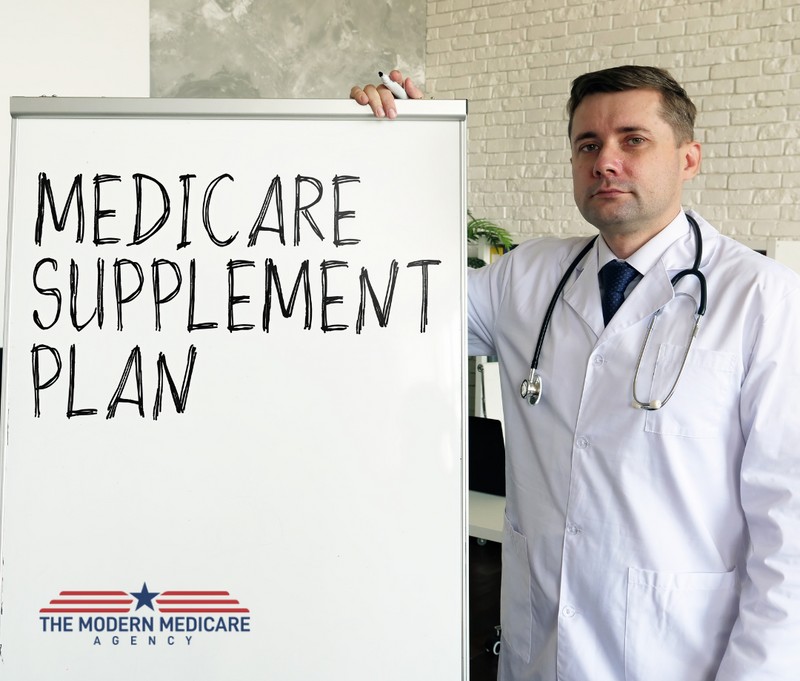A Biased View of Medicare Advantage Agent
A Biased View of Medicare Advantage Agent
Blog Article
Getting My Medicare Advantage Agent To Work
Table of Contents4 Easy Facts About Medicare Advantage Agent DescribedAbout Medicare Advantage AgentThe Medicare Advantage Agent Diaries
.png)

follows from complies with the puzzling young fairly profile of the uninsured with without insurance better healthFar better health and wellness average, of younger personsMore youthful For those without access to office health and wellness insurance policy, inadequate health is a possible obstacle to acquiring nongroup coverage due to the fact that such protection may be extremely valued, exclude preexisting problems, or be simply not available. Unless or else noted, nationwide quotes of individuals without health insurance coverage and proportions of the population with various kinds of protection are based on the CPS, the most commonly made use of resource of estimates of insurance protection and uninsurance rates.
See This Report about Medicare Advantage Agent
Over a three-year duration beginning early in 1993, 72 million individuals, 29 percent of the U.S. populace, were without coverage for at the very least one month. Within a solitary year(1994), 53 million individuals experienced at least a month without coverage(Bennefield, 1998a). 6 out of every 10 without insurance grownups are themselves utilized. Although functioning does enhance the possibility that a person and one's family members will have insurance policy, it is not an assurance. Also members of family members with 2 permanent wage income earners have practically a one-in-ten possibility of being uninsured (9.1 percent uninsured rate)(Hoffman and Pohl, 2000 ). The relationship between medical insurance and access to care is well developed, as recorded later in this chapter. Although the partnership between medical insurance and wellness results is neither direct nor easy, a substantial medical and health and wellness solutions study literature web links medical insurance coverage
to enhanced accessibility to care, far better high quality, and improved individual and population health condition. For instance, the 2nd record, on individual health end results for uninsured adults, is represented by the innermost circle of the figure, while the third report, on family health, incorporates the subjects of the 2nd record yet emphasizes a various device of analysis, particularly, the household. The 6th report in the series will provide information about approaches and initiatives undertaken locally, statewide, or across the country to attend to the lack of insurance policy and its unfavorable effects. Degrees of analysis for analyzing the effects of uninsurance. This discussion of health and wellness insurance protection concentrates mainly on the united state population under age 65 because practically all Americans 65 and older have Medicare or other public coverage.
It focuses especially on those without any health and wellness insurance for any kind of size of time. The troubles faced by the underinsured remain in some areas similar to those faced by the without insurance, although they are typically less extreme. Uninsurance and underinsurance, however, entail clearly different policy issues, and the strategies for addressing them may vary. Throughout this study and the 5 reports to adhere to, the major focus is on persons with no health and wellness insurance coverage and therefore no assistance in paying for healthcare beyond what is available with charity and safety internet organizations. Health insurance coverage is an effective factor influencing receipt of treatment since both patients and medical professionals reply to the out-of-pocket price of solutions. Wellness insurance, nonetheless, is neither necessary nor sufficient to access to medical services. Nevertheless, the independent and direct impact of wellness
insurance policy coverage on access to health and wellness solutions is well established. Others will certainly get the healthcare they need also without health insurance coverage, by spending for it expense or seeking it from suppliers who provide care cost-free or at extremely subsidized prices. For still others, medical insurance alone does not make certain receipt of care due to the fact that of various other nonfinancial obstacles, such as a lack of health and wellness care service providers in their area, limited access to transport, illiteracy, or etymological and cultural distinctions. Formal research regarding uninsured populaces in the USA dates to the late 1920s and early 1930s when the Committee on the Cost of Treatment created a series of reports about click here now funding medical professional office check outs and hospital stays. This problem became salient as the varieties of medically indigent climbed up during the Great Anxiety. Empirical researches Recommended Reading regularly support the web link between accessibility to care and enhanced wellness results(Bindman et al., 1995; Starfield, 1995 ). Having a regular source of care can be thought about a forecaster of accessibility, as opposed to a straight measure of it, when health end results are themselves utilized as gain access to indications. This expansion of the notion of access measurement was made by the IOM Committee on Checking Access to Personal Healthcare Solutions(Millman, 1993, p. Whether or not moms and dads are insured appears to affect whether or not their youngsters get care as well as just how much careeven if the youngsters themselves have protection(Hanson, 1998). The health of moms and dads can influence their ability to care for their youngsters and the degree of household stress and anxiety. Bothering with their children's access to care is itself a resource of tension for parents. Three chapters comply with in this report. Chapter 2 gives an overview of just how employment-based health and wellness insurance coverage, public programs and private insurance coverage run and interact to provide comprehensive yet insufficient protection of the united state populace. This includes a testimonial of historic trends and public laws impacting both public and personal insurance coverage, a discussion of the interactions amongst the different sorts of insurance policy, and an exam of why people move from one program to another or wind up

Report this page